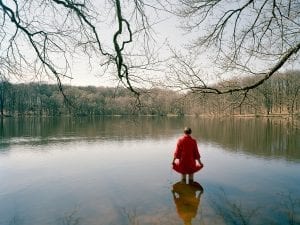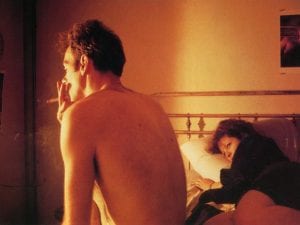Model Arbus Goldin pays homage to eclectic works from three of the most defining female entrepreneurs of American photography. Starting with Vienna-born Lisette Model (1901-1983), Westlicht, Vienna, displays works which draw upon a vast oeuvre of street photography. Depicting moments of both luxury and poverty, the selected pieces create a visual bridge between differing stories, uniting the figures through a striking sense of proximity. Each of the photographs – like most of her most famous works – were shot in the early 1940s, polarising the concept of beauty being connected to class, looking beyond the individual and considering wider social structures at play.
One of Model’s most famous students – Diane Arbus (1923-1971) – further expanded the relationship towards the unseen, recording the flaws and masquerades of humanity with sensitivity and grace. In a grey square box display – perhaps inspired by the artist’s early series A box of ten photographs – the visitor is invited to view images that sit on the margins of society, drawing upon the grotesque and the unfamiliar. Arbus’ works are centred around the reveal as a wider and more climactic artistic process.
Ultimately, the show culminates with the colourful and jumbled hanging prints by Nan Goldin (b. 1953). This might be one of the most notable parts of the exhibit: delving into New York’s subcultures and LGBTQ+ communities in the 1970s and 1980s. The images are a welcome presentation, offering intimate moments from bathrooms, bars and bedrooms, showcasing emotions of fear, obsession and addiction. The show is both breathtaking and liberating – one which leaves visitors wanting to see more of the characters like Jimmy Paulette, Taboo! or indeed, Goldin herself, who is cast intimately in the featured image.
The exhibition runs until 24 March. Find out more here.
Julius Pristauz
Lead image: Nan Goldin, Nan and Brian in bed, New York City, 1983. © Nan Goldin.





